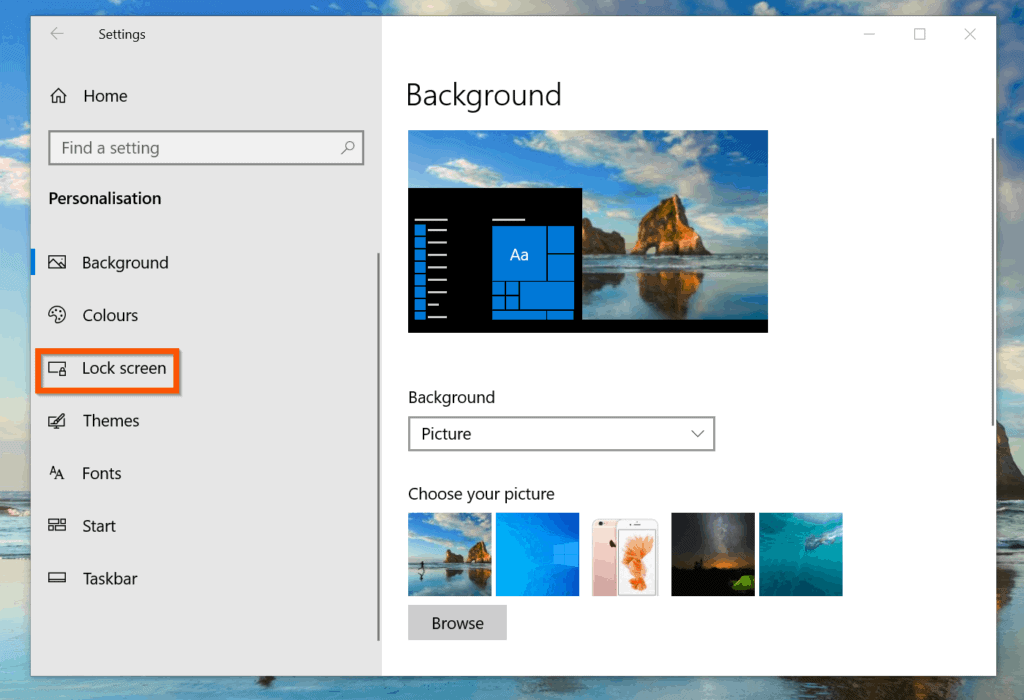

- Windows 10 when screensaver start goes to lock screen how to#
- Windows 10 when screensaver start goes to lock screen windows 10#
- Windows 10 when screensaver start goes to lock screen password#
Windows 10 when screensaver start goes to lock screen windows 10#
Go to the section Computer Configuration > Administrative Templates > Control Panel > Personalization Lock Windows 10 Automatically Using Your Screen Saver.Open the Local Group Policy Editor- gpedit.msc (not available in Windows 10 Home edition).Select the first result which comes and click it. Type lock screen settings in the dialogue box and hit enter. If your Windows 10 doesn’t display a lock screen, check the following: Press Windows + S to launch the search bar of your start menu. In some cases, the lock screen can be disabled through Group Policy settings or the registry.
Windows 10 when screensaver start goes to lock screen password#
Then you should touch the keyboard or mouse, the login screen will open and will ask for a password or key to log in to the system. Now, after the specified inactivity time, the screen saver will turn on. In the drop-down list, select the screen saver, in the Wait field specify the inactivity time after which the screen saver will turn on, also check the On resume display logon screen option. In the Screen Saver Settings section, you can specify the idle time after which the computer will be blocked. Go to Start > Settings > Personalization > Lock screen and toggle off Show lock screen background picture on the sign-in-screen. When plugged in, the PC goes to sleep after.

The 5 minute screen timeout would then take affect on their Windows 10 device due to Sync Settings across devices. Their Windows 10 computer had Sync Settings enabled.
Windows 10 when screensaver start goes to lock screen how to#
Related: How To Set A Dynamic Wallpaper For Windows 10. Active Sync and Outlook App are setup to force a 5 minute screen lock on cell phones with the Exchange account active. Click on ‘Apply‘ and the screensaver should now be disabled on your system. Now click on the drop-down menu for ‘Screensaver’ and select ‘None‘. Scroll down and click on screen saver settings. Note A security identifier (SID) is a unique value of variable length used to identify a trustee. If the SID cannot be resolved, you will see the source data in the event. Event Viewer automatically tries to resolve SIDs and show the account name. Change Screen Saver Settings in Windows 10. Security ID Type SID: SID of account that requested the invoke screensaver operation. One screen may make 3 changes (screensaver program, timeout, & lock), another may only make two changes (timeout, & lock) This also goes for command line programs, powershell commands, WMIC, GPO pushes from.


 0 kommentar(er)
0 kommentar(er)
